1. Thailand: Dual Pricing and Tourist Traps
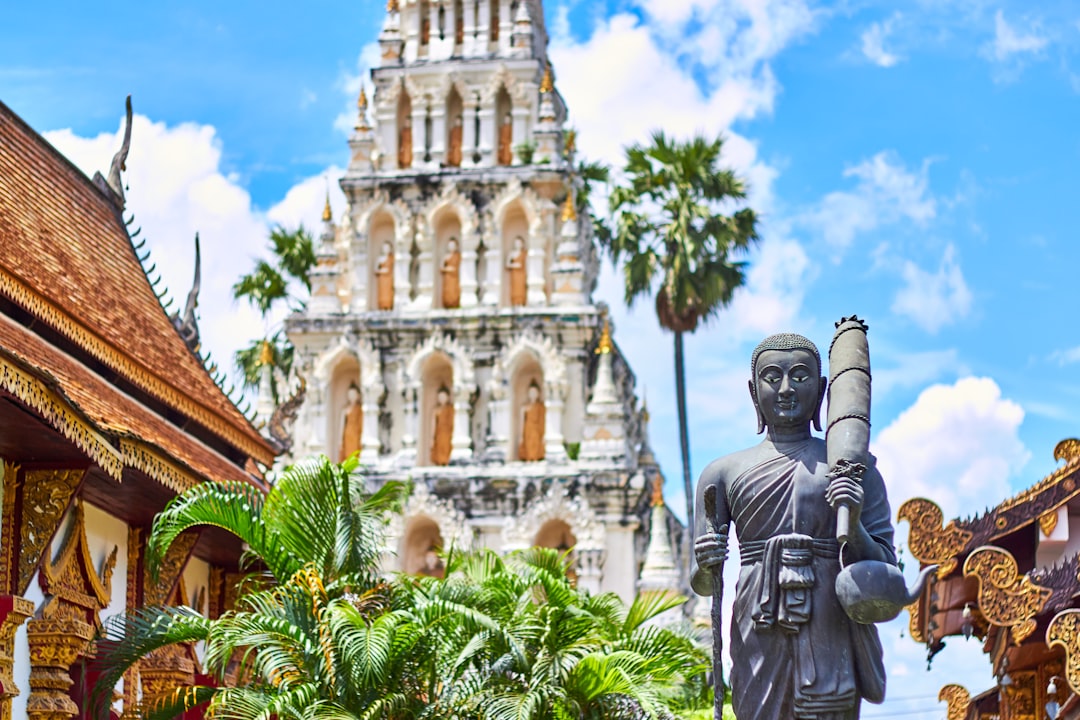
Thailand has long attracted millions of visitors, with over 28 million international arrivals in 2024 alone according to the Tourism Authority of Thailand. However, tourists often encounter a well-documented “dual pricing” system—where foreigners pay significantly higher prices for attractions like the Grand Palace (500 baht for foreigners, 100 baht for locals). Street vendors and tuk-tuk drivers are known for quoting inflated prices to tourists, and scams like overpriced boat tours on the Chao Phraya River remain common. According to a 2024 survey by the Thai Consumers Protection Foundation, 63% of tourists felt they were overcharged at least once during their stay. Even national parks openly display different entry fees for locals and foreigners, sometimes up to tenfold. While Thai hospitality is renowned, the financial targeting of tourists is hard to ignore.
2. Egypt: Constant Tipping and Aggressive Upselling
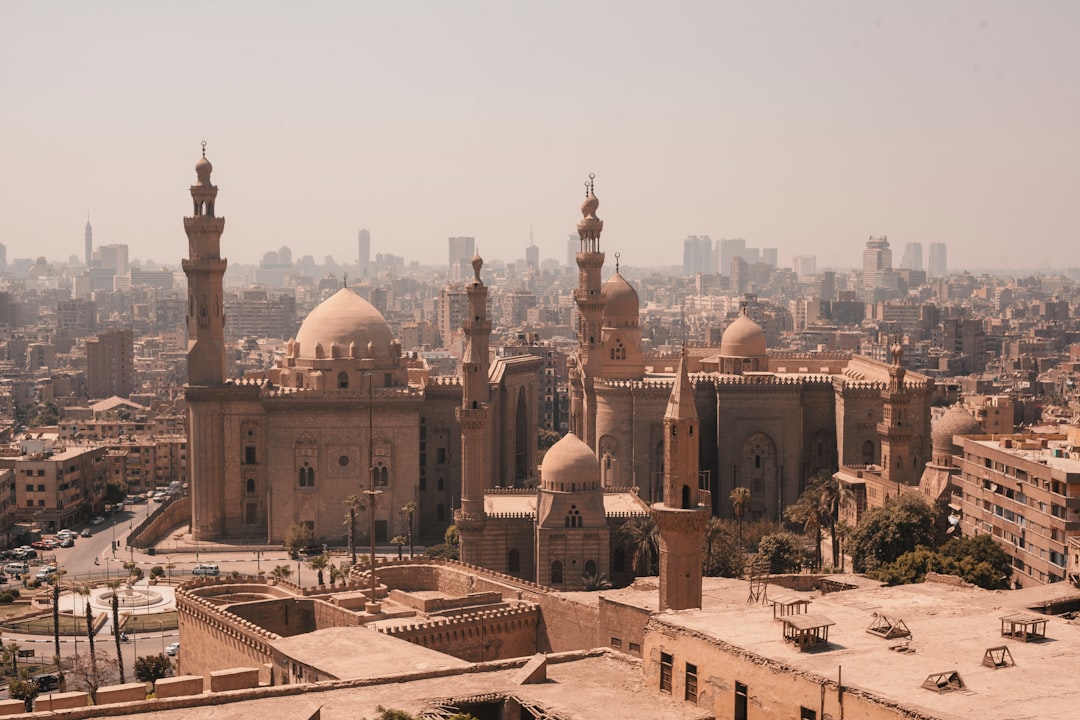
Egypt’s tourism industry is notorious for its reliance on so-called “baksheesh”—a form of mandatory tipping that permeates every transaction. In 2024, Egypt welcomed over 13 million visitors, according to the Ministry of Tourism, but complaints about aggressive upselling and hidden fees remain rampant. At the Pyramids of Giza, camel ride prices for tourists can be five times higher than for locals. Guides may demand “tips” even after pre-paid tours, and street vendors around historic sites often follow tourists persistently. The U.S. State Department’s 2024 advisory specifically notes frequent overcharging and pressure to buy souvenirs. Many travelers report being asked for extra money for taking photos or even for directions, making it difficult to relax and enjoy the country’s ancient wonders.
3. Italy: Pricey Attractions and Service Fees
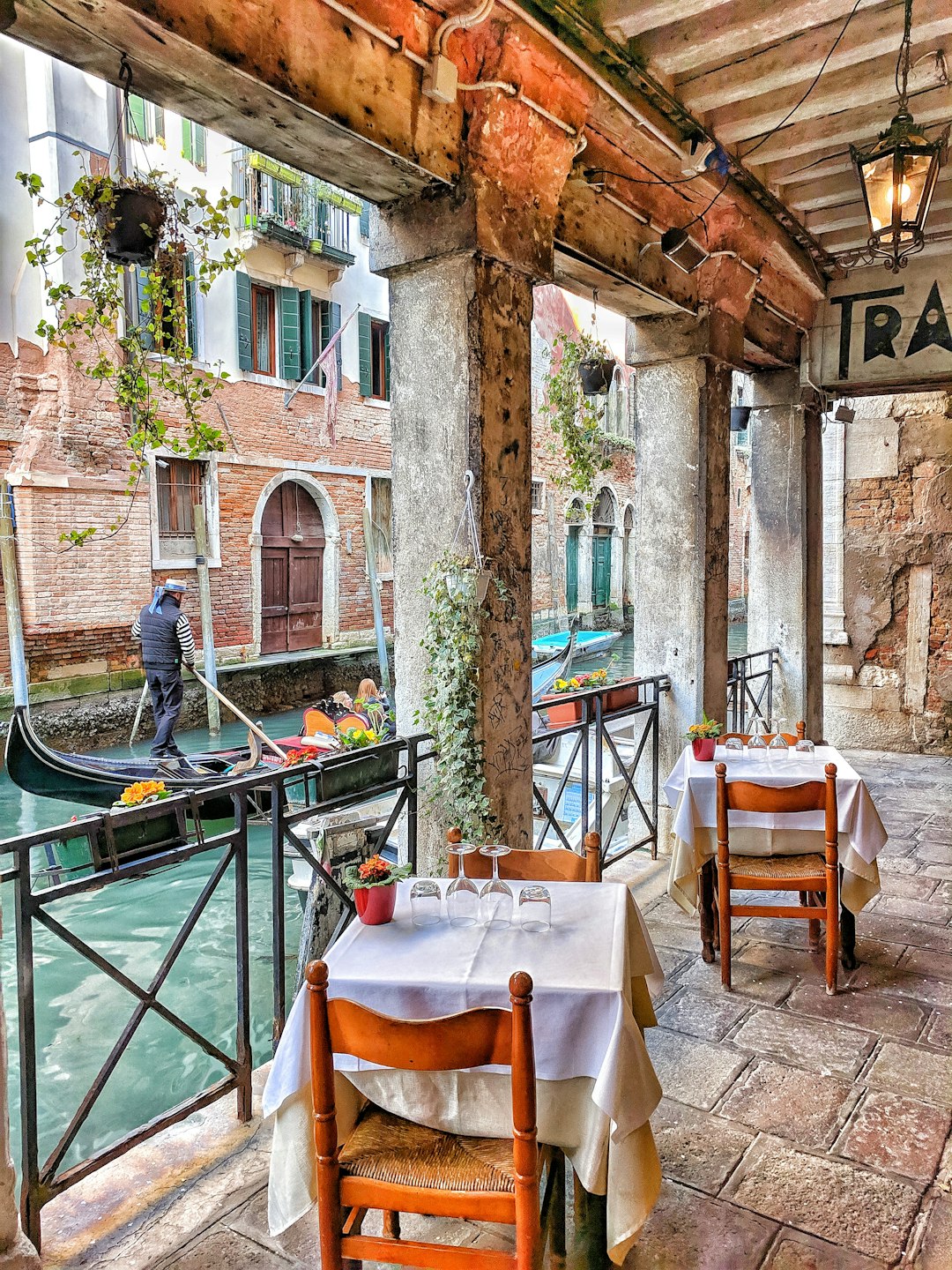
Italy’s tourist hotspots, like Rome, Venice, and Florence, are famous for their beauty—and for their costly experiences. According to Italy’s National Institute of Statistics, 61 million international tourists visited in 2024, but many faced “coperto” (table charge) fees of up to €5 per person at restaurants, even for a simple coffee. Venice introduced a €5 day-tripper entrance fee in April 2024 to combat overtourism, but critics argue it’s just another way to capitalize on visitors. Restaurants near major attractions often feature inflated “tourist menus”, and the cost to access landmarks like the Colosseum has risen steadily (now €18 for adults as of 2025). Tourists have reported taxi drivers charging double the meter fare, especially from airports or train stations. The Italian consumer group Altroconsumo found in February 2025 that tourists pay on average 30% more for meals near historic centers compared to locals dining outside tourist zones.
4. Morocco: Bargaining Battles and Tourist Premiums

Morocco’s bustling souks, especially in Marrakech and Fes, are renowned for their color and chaos—but also for intense haggling and inflated starting prices aimed at foreign visitors. The Moroccan Ministry of Tourism reported a record 15 million arrivals in 2024, yet the World Tourism Organization found that tourists regularly pay up to 60% more for goods and services than Moroccans. Official taxi rates are routinely ignored, with drivers often refusing to use meters and demanding fixed fares up to three times higher for foreigners. “Guide” scams persist, where unauthorized guides approach tourists and insist on payment after unsolicited tours. In 2024, Morocco’s National Federation of Consumer Rights received over 7,000 complaints from tourists related to overcharging and misleading practices, especially in major cities.
5. France: Premium Pricing in Paris
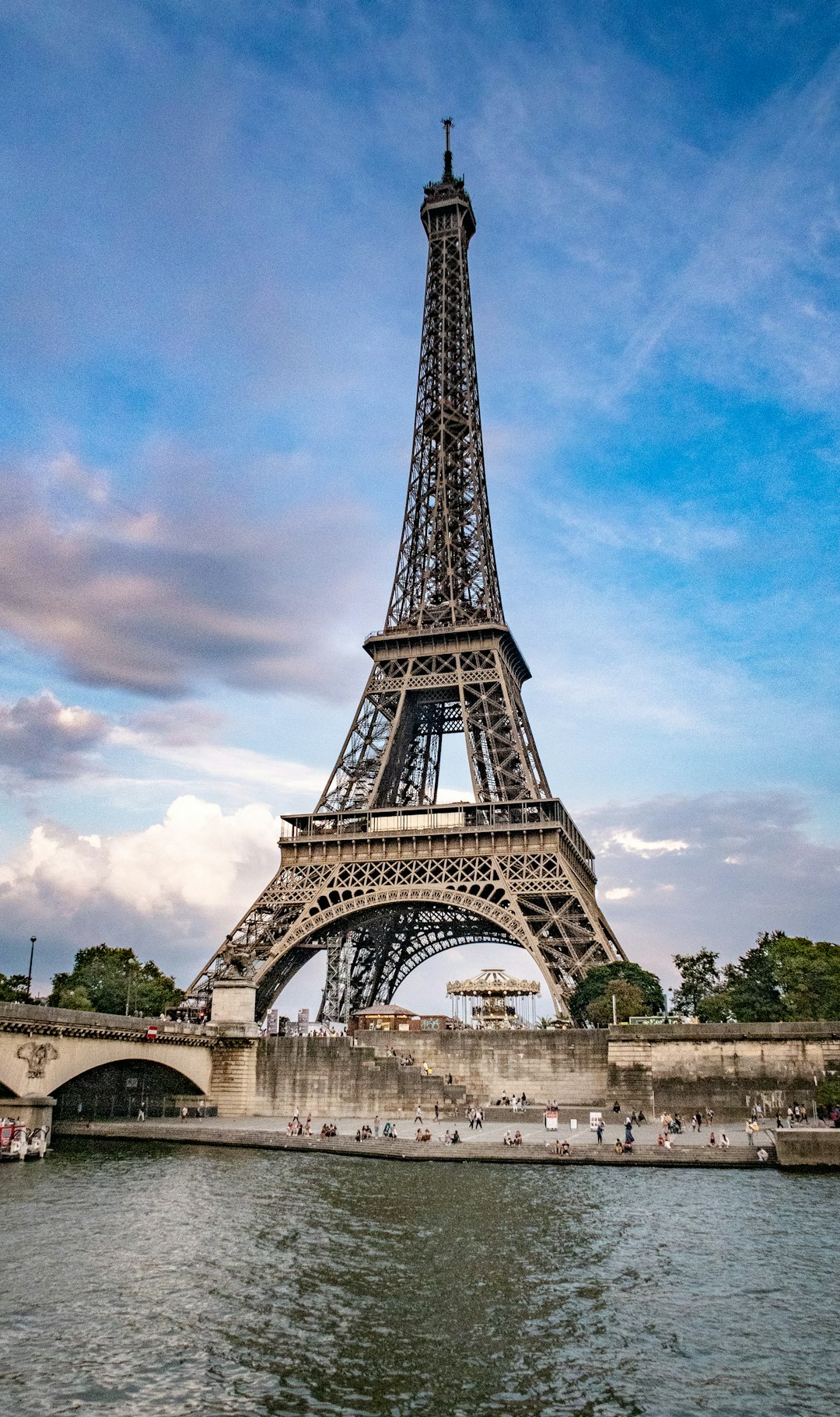
France remains the world’s most visited country, with 89 million tourists in 2024, according to Atout France. Yet, Paris is infamous for its sky-high prices in tourist zones. The Eiffel Tower’s adult ticket is €29.40 as of early 2025, up 15% from 2023. Cafés and bistros near the Champs-Élysées routinely charge €8–€10 for a coffee, triple the price found in less touristy neighborhoods. The French consumer watchdog UFC-Que Choisir reported in January 2025 that souvenir shops around landmarks mark up prices by an average of 45% compared to other parts of the city. Taxis from Charles de Gaulle Airport to the city center have a flat fare of €55, but some drivers exploit language barriers to demand extra. Even museum “skip the line” fees—now common at the Louvre and Musée d’Orsay—can add €10 or more to standard ticket prices, disproportionately affecting short-stay visitors.
6. Indonesia (Bali): Tourist Taxes and Scams
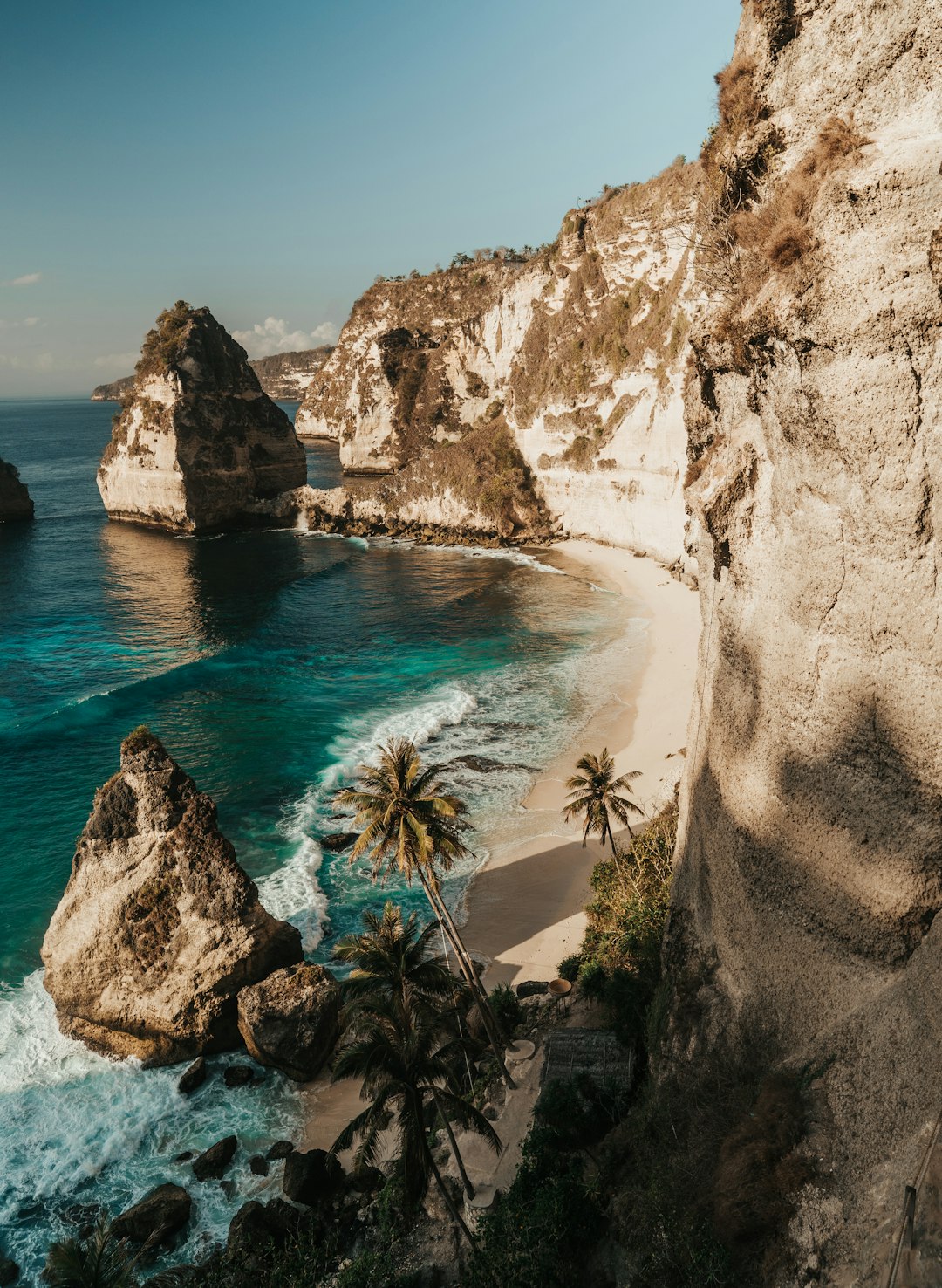
Bali, Indonesia’s most popular island, saw a record 6.2 million foreign arrivals in 2024, according to Bali Tourism Board data. The government introduced a new tourist tax of IDR 150,000 (about $10 USD) in February 2024, in addition to pre-existing airport fees and local levies on hotel stays. Tourists frequently report “commission traps” at souvenir shops and excursions, where prices are inflated to include kickbacks for drivers or guides. The Bali Consumer Foundation documented over 900 cases of tourists being charged more than locals for the same goods or services in 2024. Motorbike rental scams, such as charging for pre-existing damage, and “money changer” frauds with hidden fees, are also on the rise, with the Bali Police reporting a 20% increase in tourist complaints since 2023.
7. Turkey: Inflated Prices and Variable Menus

Turkey’s tourism sector boomed in 2024, with 56.7 million international visitors according to the Ministry of Culture and Tourism. In Istanbul, it is common for restaurants to present English-language menus with higher prices than Turkish versions. The Turkish Association of Travel Agencies (TÜRSAB) found in a 2024 investigation that foreigners can pay up to 40% more at top attractions like Hagia Sophia or Bosphorus cruises. Street vendors and taxi drivers often quote “tourist prices,” and some taxis operate with tampered meters. Antalya’s beach resorts are notorious for hidden “service charges” on bills, and there are frequent reports of inflated prices for basic items like bottled water or sunscreen in tourist-heavy areas. The Turkish Consumer Rights Association received over 11,000 complaints from tourists about overcharging in 2024, particularly in Istanbul and coastal resorts.
8. Greece: Steep Island Surcharges
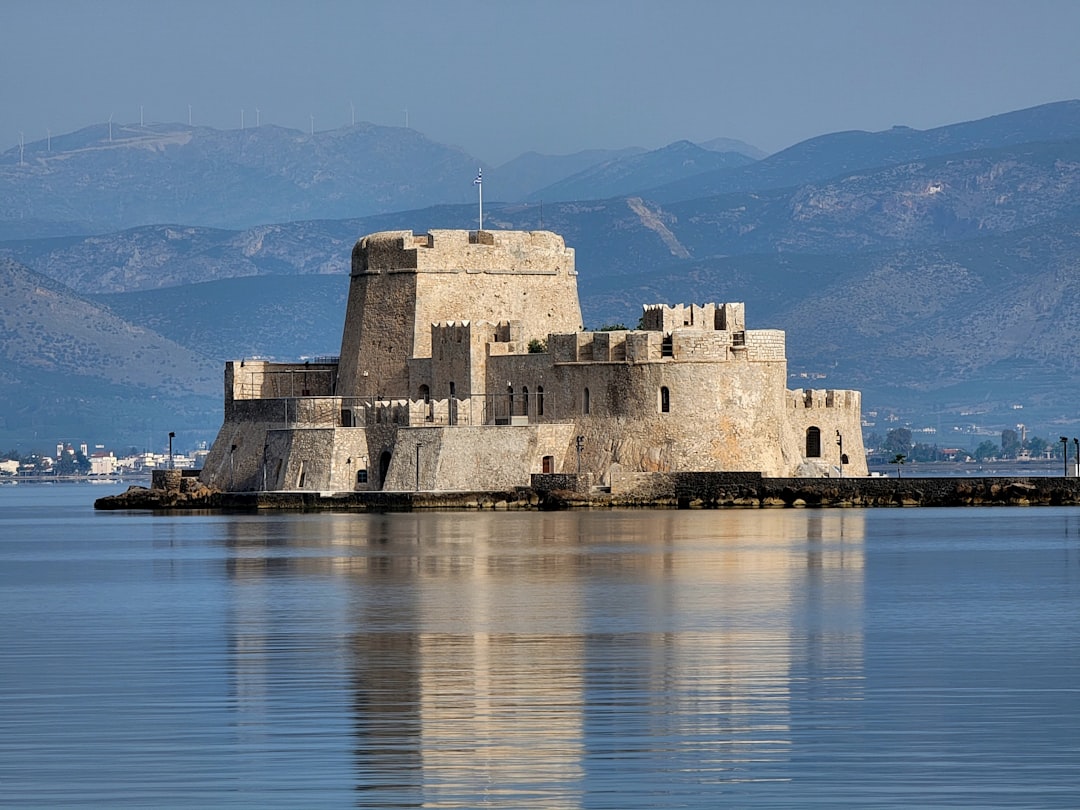
Greece welcomed 33 million tourists in 2024, according to the Hellenic Statistical Authority, but anyone visiting Mykonos, Santorini, or Crete quickly notices the “tourist premium.” On Mykonos, beach club sunbeds can cost €100 per day, and a simple Greek salad is often priced at €25 or more. The Greek Competition Commission stated in a 2024 report that accommodation rates in popular island destinations are up to 80% higher during peak months for international visitors. Taxi fares double after midnight, and tourists are routinely charged for “extras” like bread or water at restaurants. The island of Santorini introduced a new €4 per night “climate change levy” on hotel stays in 2024, further increasing the cost for visitors. Ferry ticket prices between islands have risen 12% since 2023, with no discounts for tourists.
9. United Arab Emirates: Pricey Perks and Tourist Fees
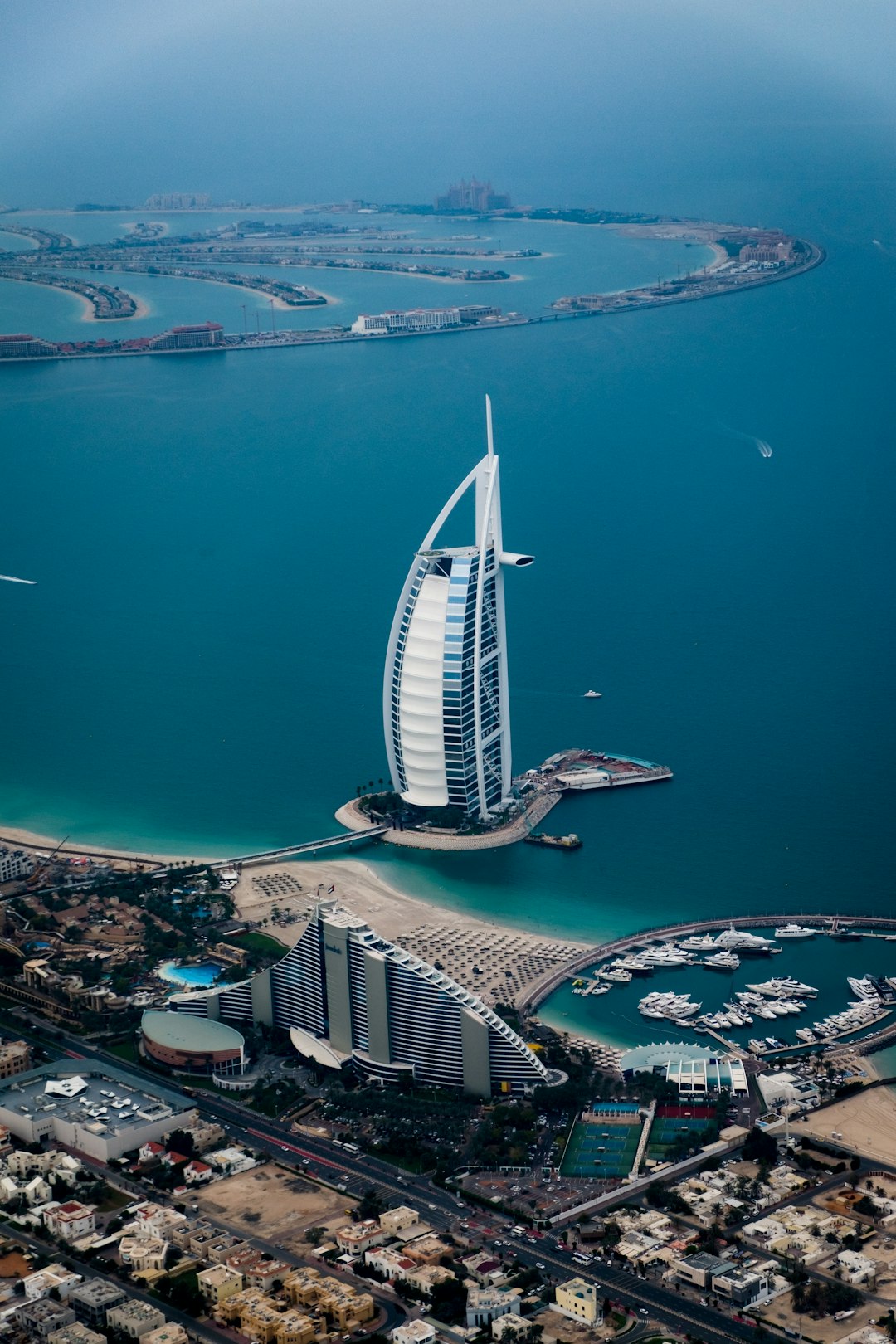
The United Arab Emirates, especially Dubai, is synonymous with luxury—and with hefty tourist costs. In 2024, Dubai received 17.1 million visitors, as per Dubai Tourism figures. Most hotels charge a “Tourism Dirham” fee per night (up to AED 20, or $5.50 USD), and the government introduced a 5% value-added tax (VAT) on most goods and services. Attractions like the Burj Khalifa observation deck now cost AED 229 ($62 USD) for a standard ticket—over 20% higher than in 2022. Restaurants in tourist areas like The Dubai Mall often add 10–15% service charges to bills, and taxis from the airport include a mandatory surcharge not always disclosed upfront. The Dubai Department of Economic Development reported in 2024 that tourists are charged up to 35% more for desert safaris and excursions than residents booking directly.
10. Mexico: Resort Town Rip-Offs
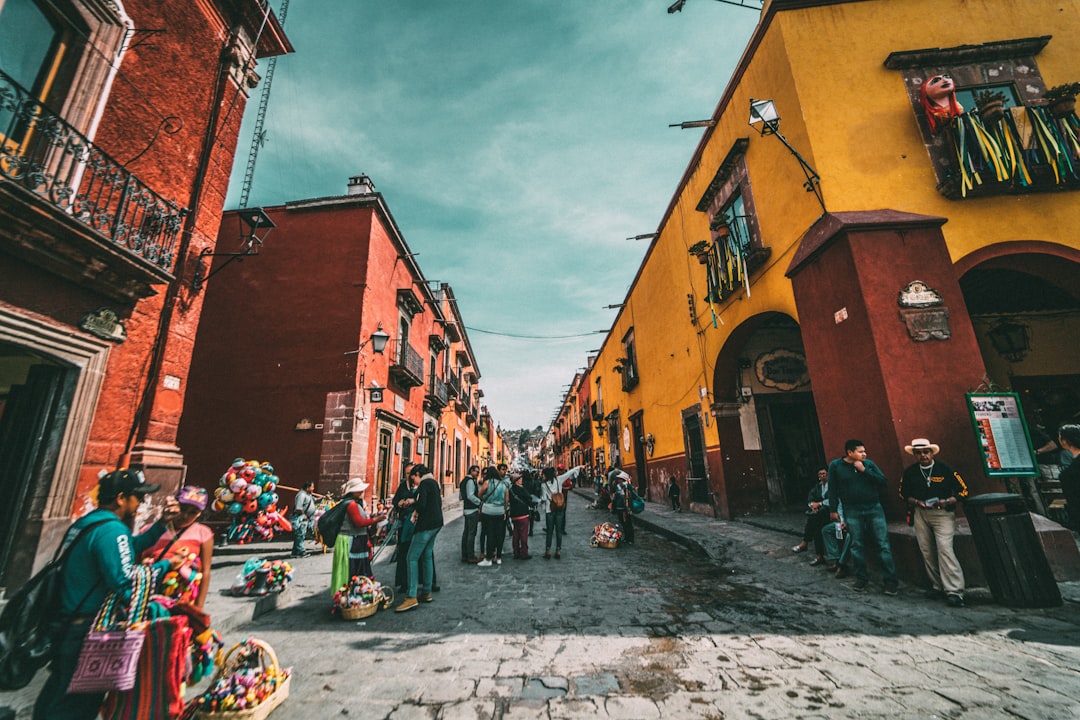
Mexico attracted 42 million international visitors in 2024, with Cancun, Playa del Carmen, and Los Cabos among the top destinations, according to the Ministry of Tourism. The government implemented a new VISITAX fee of 259 pesos (about $15 USD) for international travelers in Quintana Roo state in 2024. In popular resort zones, tourists report paying up to double the local price for taxis, meals, and drinks. The Mexican Federal Consumer Protection Agency (PROFECO) found in a 2024 inspection that restaurants in Cancun’s Hotel Zone charged up to 70% more than those outside the tourist area. “All-inclusive” packages often hide extra fees for premium drinks or activities, and beach vendors sometimes insist on “tourist prices” for souvenirs. Credit card skimming and “phantom” charges remain a problem, with the U.S. Embassy issuing multiple warnings in 2024.
11. United States: Add-On Charges and Tourist Taxes
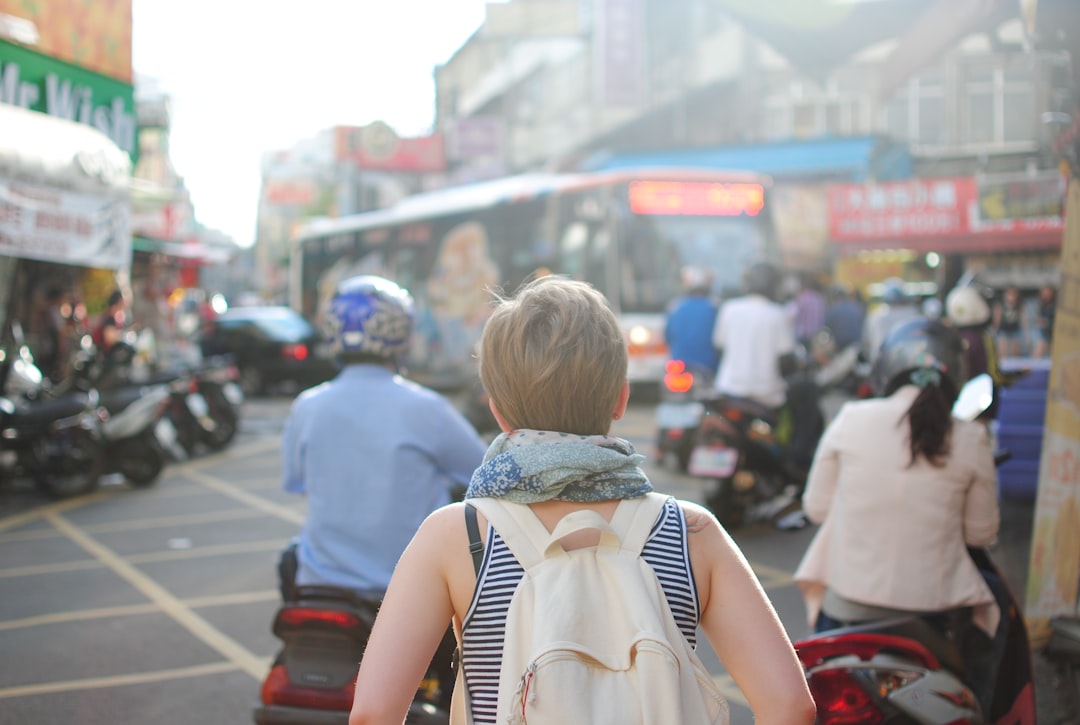
The United States welcomed 76 million international visitors in 2024, according to the National Travel and Tourism Office. Major cities like New York, Las Vegas, and Orlando are notorious for “resort fees,” which can add $40–$60 per night to hotel bills, regardless of whether guests use the amenities. New York implemented a new $3 per night “hotel room occupancy tax” in mid-2024. Restaurants near Times Square or on the Las Vegas Strip often charge inflated menu prices; a basic cocktail in a top Vegas hotel can cost $22 or more. Amusement parks like Disney World raised ticket prices again in January 2025, with a single-day adult pass now starting at $159. Airport transfers and parking can cost upwards of $100 per day in some major cities, making the “tourist premium” in the U.S. a significant factor for travelers.
12. Spain: Tourist Levies and “Guiri” Pricing

Spain hosted 85 million tourists in 2024, as reported by the National Institute of Statistics, but visitors to Barcelona, Ibiza, and Mallorca face a growing array of tourist-specific charges. The Balearic Islands increased their “ecotax” to €4 per night in 2024, and many local bars openly admit to charging “guiri” (tourist) prices. The Spanish consumers’ association FACUA found that drinks in Ibiza’s clubs were marked up by 300% for tourists compared to local bars. Barcelona’s new city tourism tax, raised in April 2024, means hotel guests now pay up to €5.25 extra per night. Restaurant “menu del día” prices are often hiked in areas with a high tourist presence, and taxi drivers sometimes use unofficial rates for foreigners, especially during festivals or high season.
13. India: Foreigner Fees and “Commission Culture”

India’s diverse attractions drew 18 million international tourists in 2024, according to the Ministry of Tourism, but the country is famous for charging foreigners more at monuments and museums. The Taj Mahal’s entry fee for foreigners is 1,100 rupees ($13 USD) versus 50 rupees ($0.60 USD) for Indian citizens as of 2025. “Commission culture” is widespread, with hotels, drivers, and guides steering tourists to specific shops or restaurants in exchange for kickbacks. The Indian Consumer Complaints Forum recorded over 8,000 complaints from tourists in 2024 about being overcharged or misled. Rickshaw and taxi drivers frequently refuse to use meters, quoting inflated fares to tourists—often more than triple the local rate. Foreigners also face higher prices for train tickets purchased through official tourist quotas, and scams around SIM card sales and currency exchange remain widespread.
14. Vietnam: Overcharging and “Tourist Menus”

Vietnam’s tourism industry welcomed 12.5 million international visitors in 2024, according to the General Statistics Office. In cities like Hanoi and Ho Chi Minh City, restaurants often have “tourist menus” with prices up to 50% higher than those charged to locals. The Vietnam National Administration of Tourism reported a rise in complaints about dual pricing at attractions and markets in 2024. Taxi scams, such as rigged meters or “fixed” fares to airports, are common, prompting Vietnam’s Consumer Protection Association to launch a hotline for tourist complaints. Halong Bay cruises, a top attraction, routinely offer “add-on” charges for meals and activities not included in the base ticket price. The Ministry of Culture, Sports and Tourism noted in early 2025 that some hotels and shops openly admit to charging “service fees” only to international visitors.
15. Croatia: Peak Season Surcharges and Tourist Fees

Croatia’s Adriatic coast saw 20.6 million international arrivals in 2024, based on Croatian National Tourist Board statistics. Dubrovnik, famed for its role in “Game of Thrones,” introduced a new €13 daily visitor fee in 2024 to manage record crowds. Restaurant prices in Old Town Dubrovnik are up to 60% higher than in other Croatian cities, according to a March 2025 report by the Croatian Consumer Association. Accommodation rates triple during summer, and taxi fares from Dubrovnik Airport to the city center average €45, compared to €15 for locals using pre-booked services. Many islands now impose “sojourn taxes” of up to €3 per night. Entrance fees for national parks like Plitvice Lakes have doubled since 2022, with foreign tourists bearing the brunt of the increases. Complaints about overcharging and added surcharges from tourists rose by 35% in 2024, indicating a growing “cash cow” mentality among local businesses.




